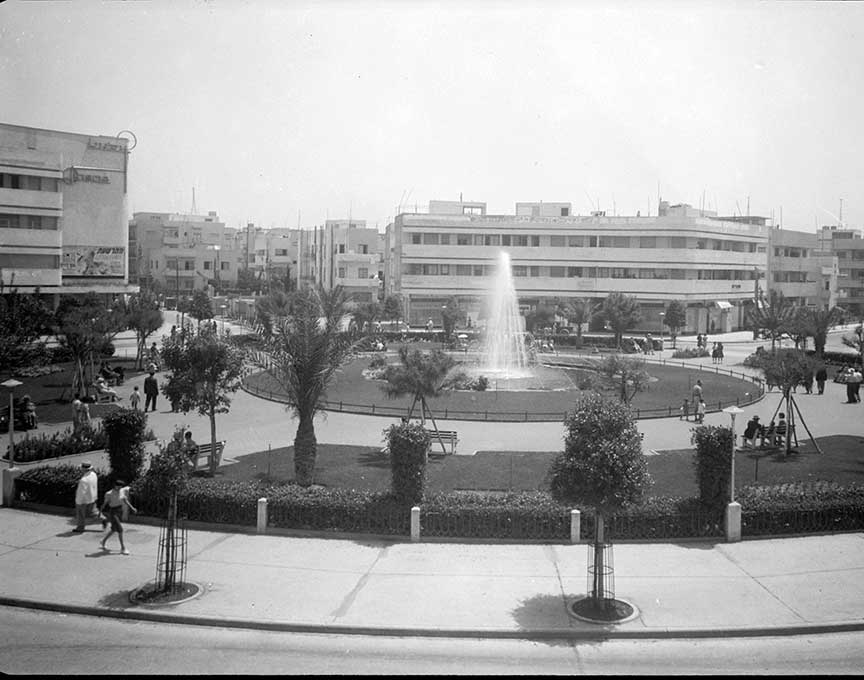The FIFTH ALIYAH

Diezengoff Circle Tel Aviv 1932
The Fifth Aliyah brought more than 65,000 Jews to Palestine each year. The main impetous: the rise of Hitler to power.
The rise of antisemitism that accompanied the Great Depression of 1929 resulted in a sustained increase in the number of immigrants arriving in Palestine. In 1932, 9,500 immigrants arrived, twice the previous year's figure. In 1933, the year Hitler rose to power in Germany, that number rose to 30,000. In 1934, 42,000 Jews arrived, and in 1935, a total of 62,000 immigrants arrived. Government restrictions dropped the figure to 30,000 in 1936, and the figure continued to decline due to new, restrictive British policies.
From 1929 to 1936, there were 188,000 new immigrants, a number that more than doubled the Jewish population of Palestine. The makeup of the immigrants during this period also changed greatly. Many of the new immigrants came from Germany. They were highly educated, resulting in the Jewish community in Palestine gaining a new class of professionals, including doctors, lawyers, and university professors. Eighty percent of the newcomers during this Fifth Aliyah wave of immigration settled in the cities, with Tel Aviv undergoing astounding growth. The population of the city grew from 46,000 in 1931 to 160,000 in 1939 as the city expanded.
 >
>